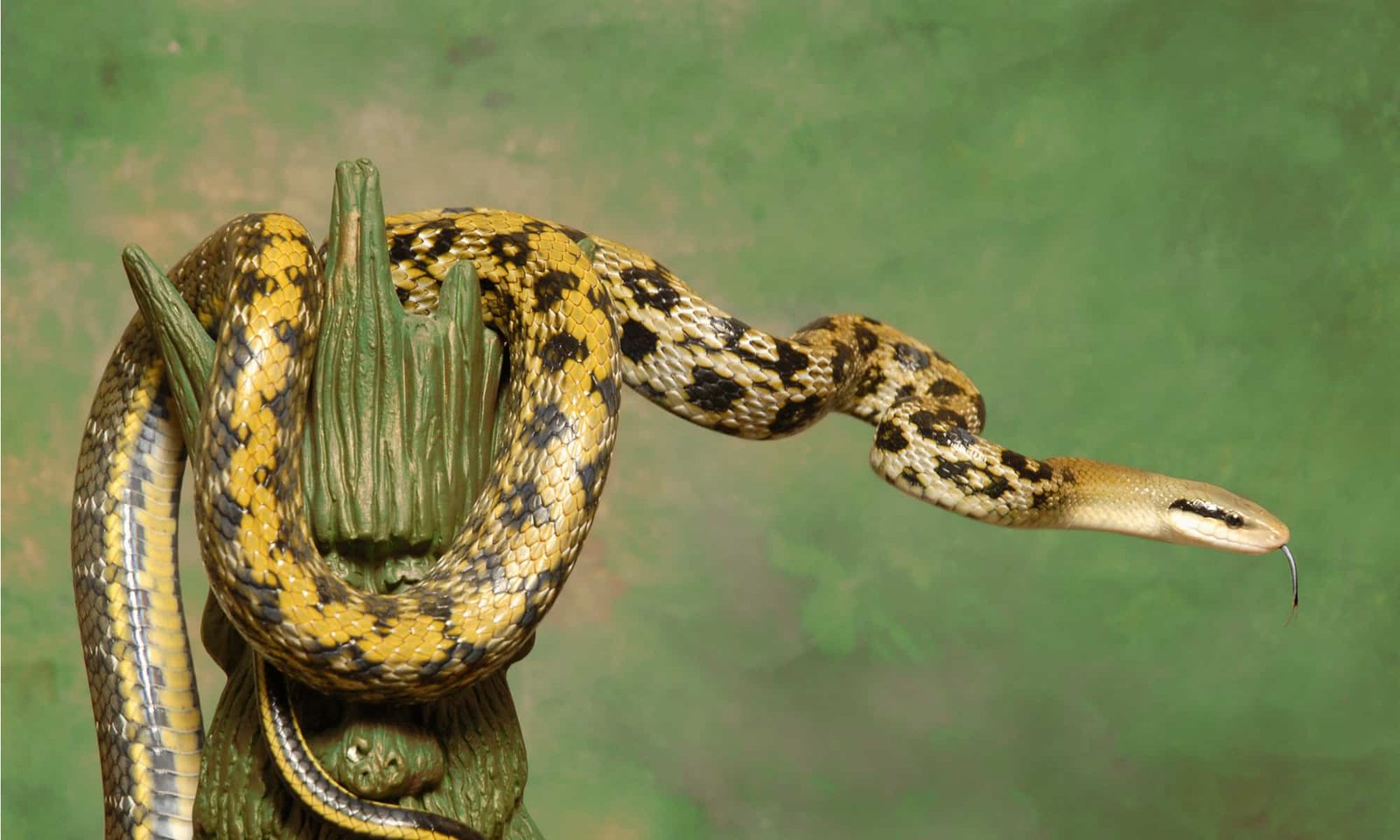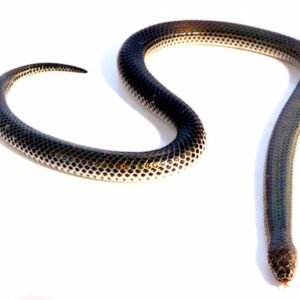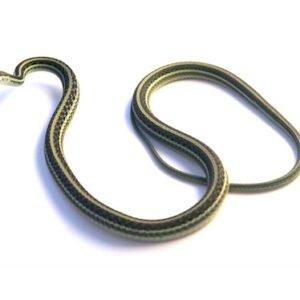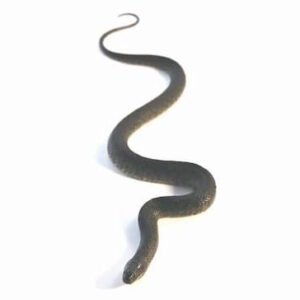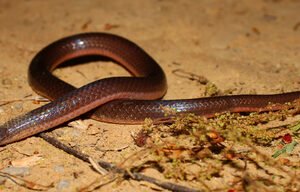An Overview of the Blue Beauty Rat Snake
The Blue Beauty Rat Snake (Orthriophis taeniurus) is an exceptional species that captures the attention of herpetologists and reptile enthusiasts alike. This snake is classified within the Colubridae family and is renowned for its vivid coloration and striking appearance. The scientific community recognizes several subspecies of the Blue Beauty Rat Snake, each showcasing variations in shade and pattern that contribute to its appeal.
One of the most distinguishing features of the Blue Beauty Rat Snake is its vibrant blue coloration, which can range from a deep cerulean to a paler turquoise. This striking hue is often complemented by a series of distinct white or yellow markings that run along its body, enhancing its visual allure. Adult Blue Beauty Rat Snakes typically reach lengths of 4 to 6 feet, although some individuals may occasionally exceed this range. Their slender, elongated bodies are further characterized by smooth scales and a slightly triangular head, which aids in their identification.
Geographically, the Blue Beauty Rat Snake is primarily found in Southeast Asia, with a distribution that spans several regions, including the forests of Thailand, Myanmar, and southern China. These snakes favor habitats that offer ample cover, such as dense foliage and rocky crevices, allowing them to evade potential predators and regulate their body temperature effectively.
In terms of behavior, the Blue Beauty Rat Snake is primarily nocturnal, displaying heightened activity in the early morning and late evening. Its diet consists mainly of rodents, birds, and amphibians, which it captures using constriction techniques. This species plays a vital role in its ecosystem as both predator and prey, contributing to ecological balance. In essence, the Blue Beauty Rat Snake stands out not only for its breathtaking appearance but also for its significant ecological contributions and adaptable nature.
Care and Maintenance of Blue Beauty Rat Snakes in Captivity
Providing optimal care for Blue Beauty Rat Snakes in captivity requires attention to various environmental and dietary factors. An appropriate enclosure setup is paramount; a well-ventilated terrarium with sufficient space for movement is essential. Typically, a cage size of at least 40 gallons is recommended for adults, promoting comfort and reducing stress. The habitat should include hiding spots, such as logs or plants, to mimic their natural environment and provide security.
Temperature regulation is crucial for the health of Blue Beauty Rat Snakes. A temperature gradient within the enclosure should range from 75-80°F on the cooler end to 85-90°F on the warm side, allowing the snake to regulate its body temperature effectively. It is advisable to use a thermostat to maintain these temperatures consistently. Additionally, humidity levels should remain between 40-60%, which can be achieved through regular misting or utilizing a substrate that retains moisture, such as coconut fiber.
Feeding these snakes a balanced diet is vital for their health. Blue Beauty Rat Snakes primarily consume rodents in the wild, and a diet consisting of appropriately sized mice is recommended. Young snakes may benefit from feeding every 5-7 days, while adults may be fed bi-weekly. It is crucial to ensure that the prey is thawed completely and appropriately sized to prevent health issues, such as regurgitation.
Handling techniques play a significant role in taming these snakes. Gentle, consistent handling helps them acclimate to human interaction, fostering trust and reducing stress. Moreover, regular health monitoring is essential. Keep an eye out for signs of respiratory illnesses, scale abnormalities, or changes in feeding behavior. It is beneficial for potential owners to familiarize themselves with common health issues that may arise and seek resources like reputable herpetology forums or veterinary professionals for further guidance.

